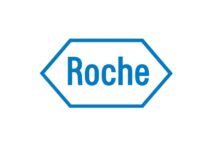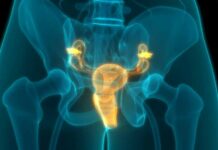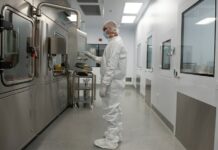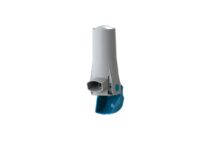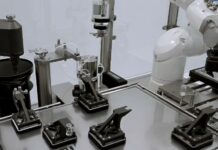It is worth noting that the Center for Life Science Automation- CELISCA at the University of Rockstock as well as Yaskawa have gone on to continue their cooperation when it comes to the development of robot-driven solutions for lab automation. Being one of the first users from Europe ever, the institution is going to apply a robot model pertaining to the new Motoman HD series specifically developed for applications in the life sciences.
Ever since 2015, CELISCA, which is the Center for Life Science Automation, has been making use of a MOTOMAN CSDA10F dual-arm robot with a load capacity of 10 kg and a range of 895 mm per arm.
It is well to be noted that Yaskawa had gone on to present a robot in Europe in 2014, a year earlier, and had also offered CELISCA a unit as a permanent loan. Many research projects as well as scientific publications pertaining to the topic of robot-based lab automation have ever since resulted due to this collaboration.
According to Prof. Dr.-Ing. habil. Kerstin Thurow, Chair of Automation Technology / Life Science Automation and also the CEO of CELISCA, as a research institute, they happen to require a flexible system for numerous applications within the lab due to a certain load capacity. Robotics, however, have evolved naturally, he adds.
Robots in the case of hygiene relevant sections
With regards to this purpose, the new hygienic design robot MOTOMAN HD8 from Yaskawa will be made available to CELISCA. It is going to be used in an EU-funded synergy project in terms of sample handling within the crystallization processes across materials research as a completely automated system wherein humans no longer intervene.
It is worth noting that the MOTOMAN HD8 goes on to meet the strict requirements of lab as well as ISO cleanroom environments. This, therefore, enables it to take on a bunch of handling tasks within the hygiene-relevant areas across the gamut of laboratory automation, from the pharma sector to the food industry.
Stress on sample preparation
One of the focus of research in the gamut of robot-based laboratory automation happens to be on sample preparation, for instance, on processes as well as activities like pipetting or even the opening as well as closing of screw caps, which happen to be pretty highly repetitive tasks that indeed require really high degrees of precision.
As per Professor Thurow, such tasks happen to be relatively mundane for human beings and also ergonomically exhausting. If these steps happen to be automated, the laboratory employees get freed up for cognitive processes. The experts go on to add one more element to it when they say that only through automated processes within the laboratory can research inferences actually be standardized and compared.
Beginning points leading up to the future
CELISCA goes on to see some new and interesting starting points pertaining to the future within the automation appliances, which are thus far pretty challenging to automate, and also in the development as well as usage of interfaces that are standardized, which are offered by the Motoman HD8.
Professor Thurow says that in recent years, robot systems for lab automation have gone on to become more affordable, which is in itself more attractive for more users.
The systems from Yaskawa happen to be very dependable as they come from the industrial sector and also offer excellent support. Automation, as per Prof. Thurow, can go on to inspire the most technology savvy youth within the life-sciences sector, which would thereby enable to counteract the very acute dearth of skilled employees.



